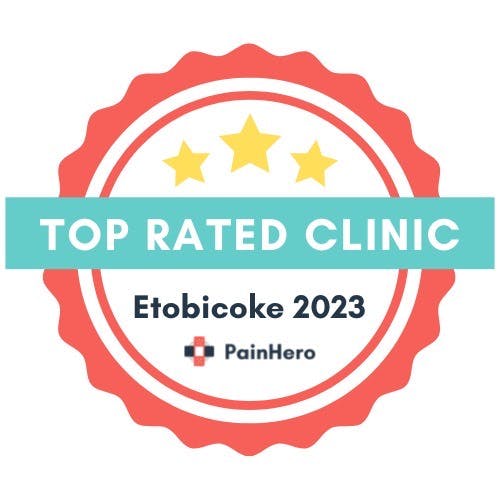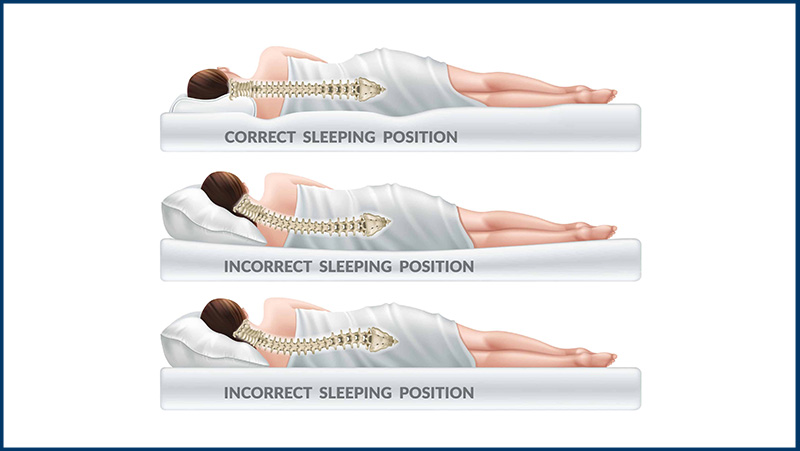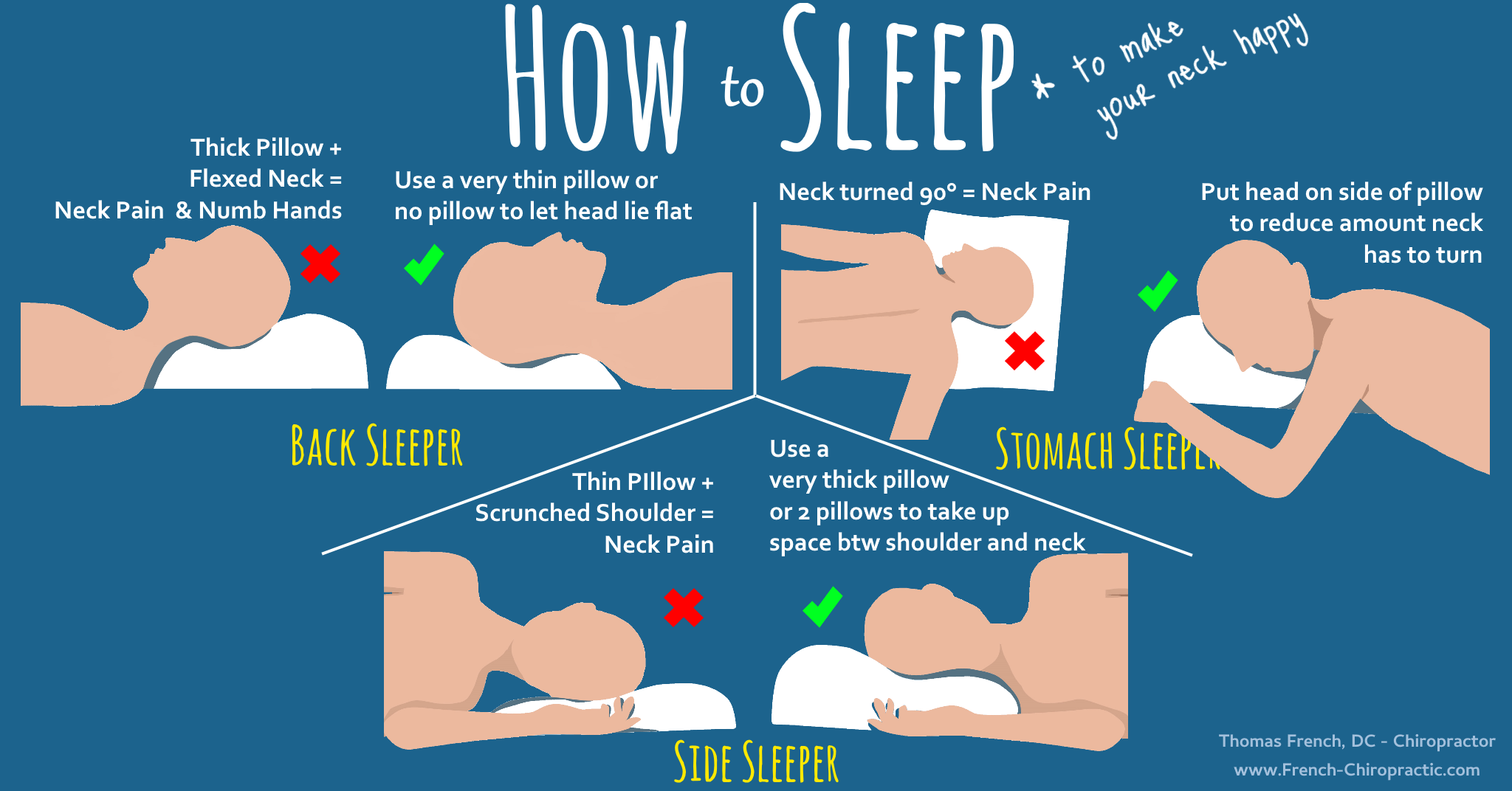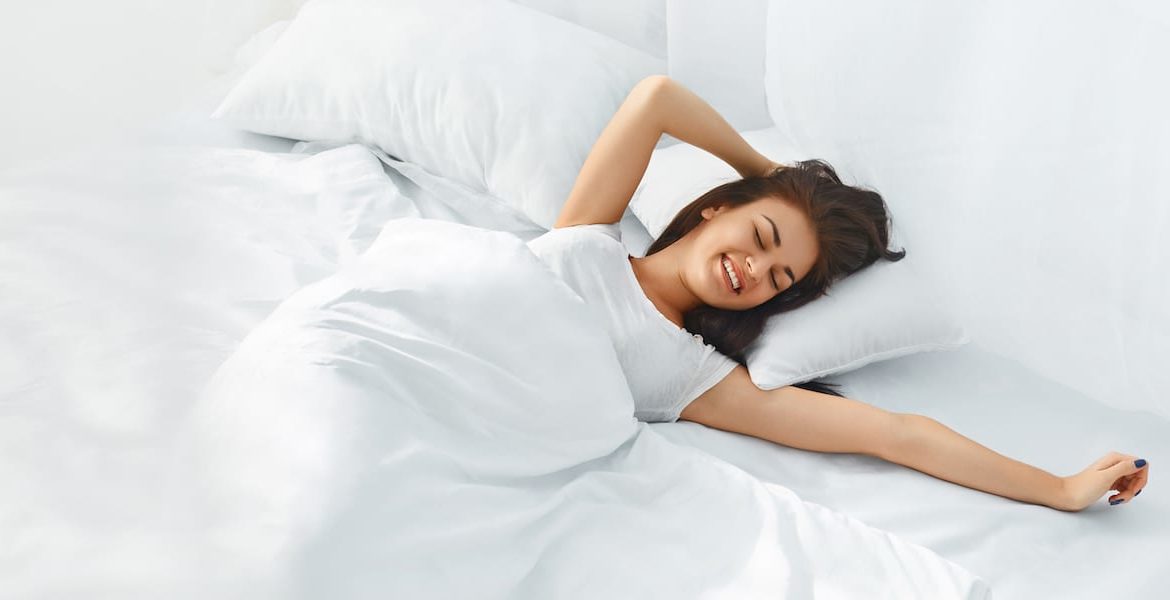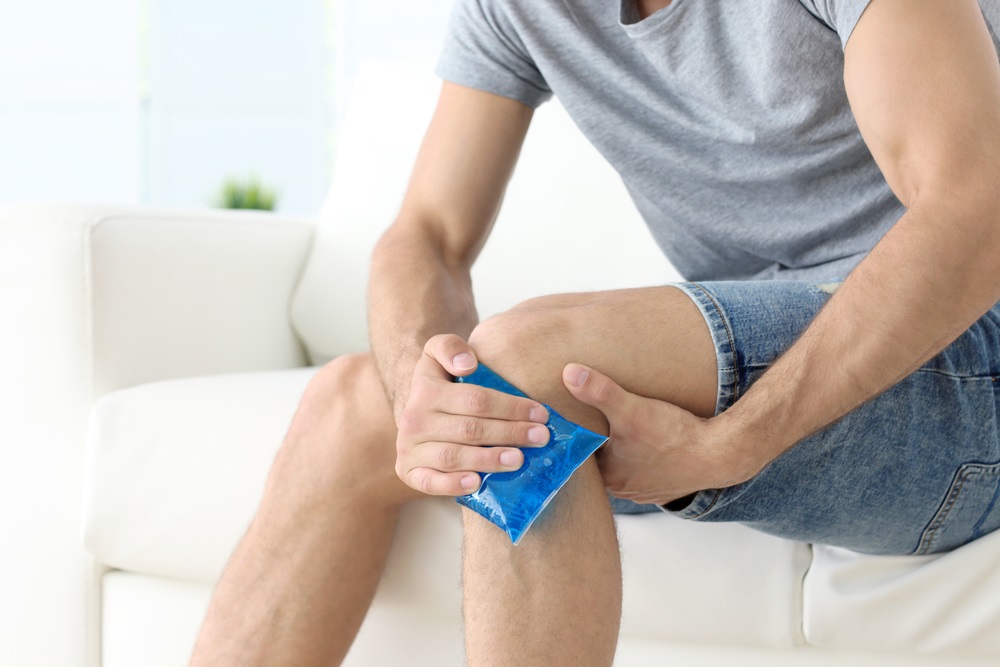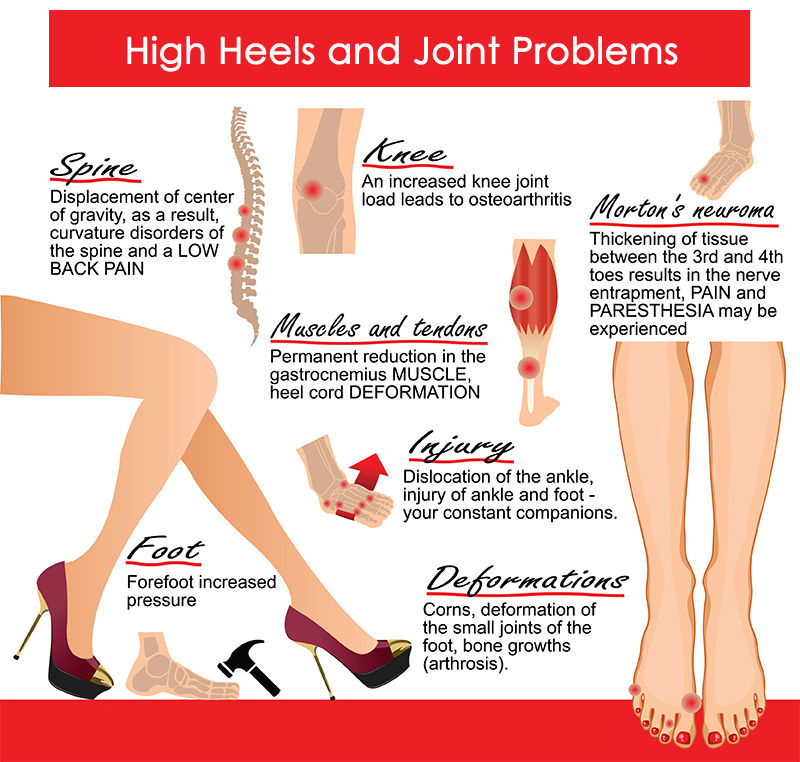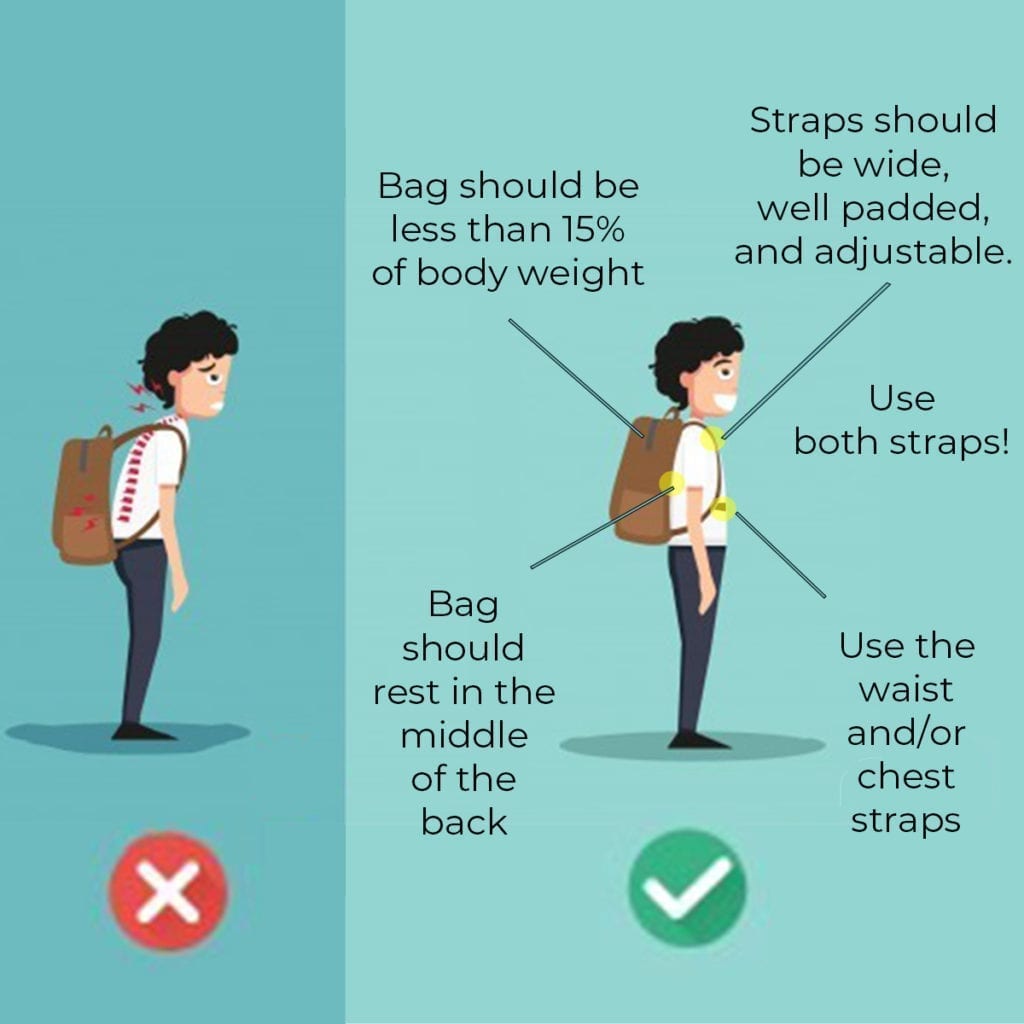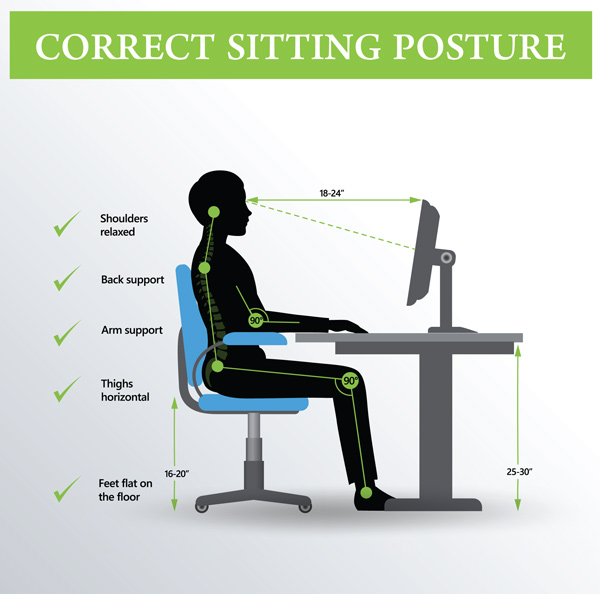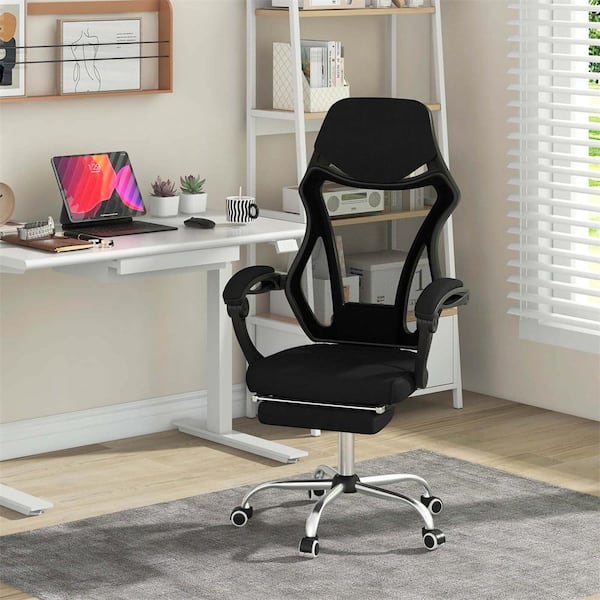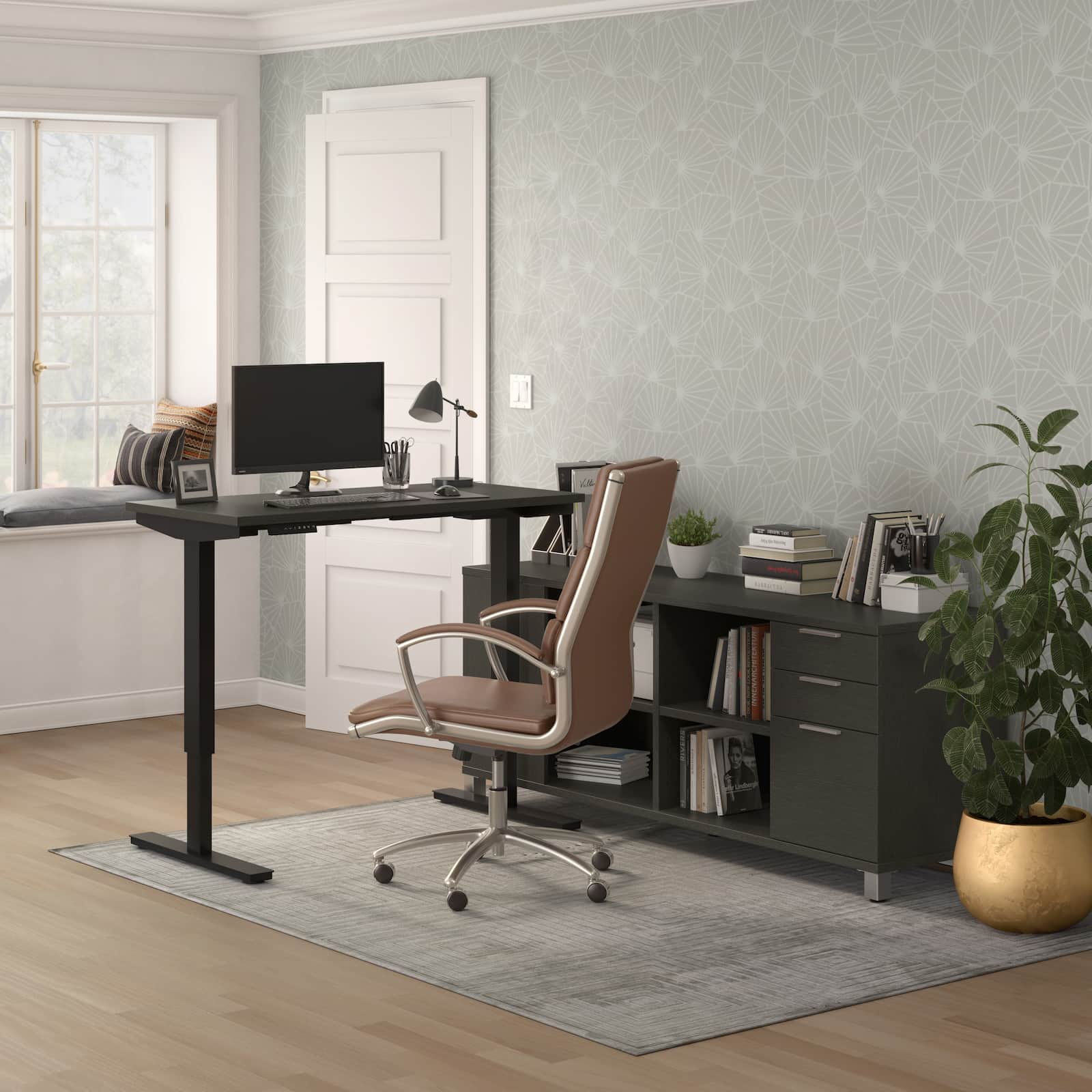🧘♀️ The Power of Stretching: Why Your Body (and Mind) Will Thank You
– Stuti Punshi.
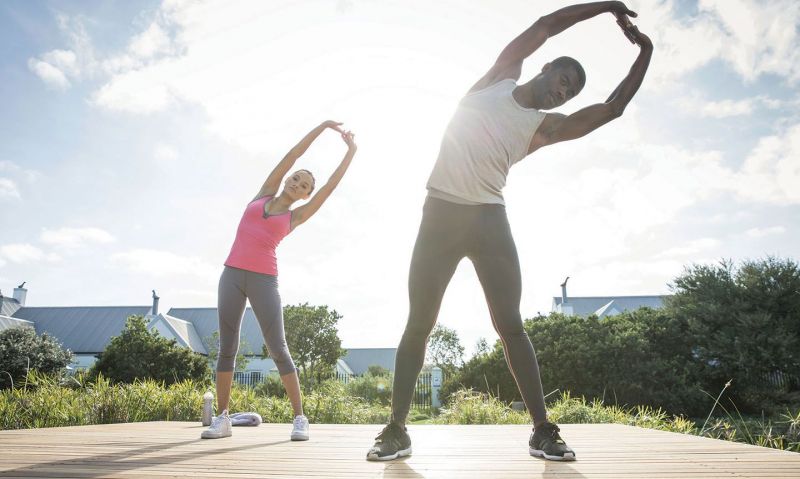
Stretching is one of the most underrated parts of a healthy lifestyle. Many of us are eager to jump right into our workouts, skip warm-ups, or collapse onto the couch after a long day at work without giving our muscles the care they deserve. But here’s the truth: stretching is not optional.
Think of stretching as a tune-up for your body. Just as a car runs better when its engine is warmed and its parts are well-maintained, your body performs better when muscles, joints, and connective tissues are flexible and primed for movement. Stretching not only prepares you for the workout ahead, but it also improves how you function in everyday life — from carrying groceries to sitting comfortably at your desk.
At Complete Care Physiotherapy Centre we regularly see patients who suffer from stiffness, pain, or injuries that could have been prevented with simple stretching routines. Whether you’re a gym-goer, desk worker, athlete, or busy parent, stretching is a low-cost, high-reward practice that supports both physical and mental health.
In this article, we’ll explore:
-
The immediate benefits of stretching before and after activity
-
The long-term advantages for joint, muscle, and brain health
-
The risks of skipping warm-ups and cool-downs
-
Simple stretches you can do at home, at the gym, or at your desk
🌟 Why Stretching Matters: Immediate Benefits
1. Enhanced Blood Flow and Circulation
When you stretch, blood flow increases to the targeted muscles, bringing oxygen and nutrients that prepare them for activity. This means your muscles are literally “waking up” before you put them to work. Improved circulation also helps flush out metabolic waste, aiding recovery after exercise.
2. Improved Muscle Performance
Cold, stiff muscles are more prone to tears and strains. Stretching increases elasticity, allowing muscles to contract and lengthen smoothly. This not only boosts performance at the gym but also reduces risk when bending, lifting, or even climbing stairs in daily life.
3. Better Posture and Spinal Alignment
Many people spend hours hunched over laptops and phones. Over time, this creates muscle imbalances — tight chest muscles, weak upper back muscles, and stiff necks. Stretching reverses these patterns, improving posture and reducing the aches that come with prolonged sitting.
4. Stress Relief and Mental Clarity
Stretching triggers the parasympathetic nervous system (the “rest and digest” mode), lowering heart rate and easing tension. Releasing tightness in the neck, shoulders, and upper back doesn’t just feel good physically — it also helps reduce frustration, anxiety, and mental fatigue.
🧠 Neurophysiological Benefits of Stretching
Stretching isn’t just mechanical — it has direct effects on the nervous system:
-
Enhanced Mind-Muscle Connection: Stretching improves proprioception (your body’s sense of position in space). This increases coordination and balance, making your movements more efficient and controlled.
-
Nervous System Relaxation: Holding stretches stimulates mechanoreceptors in muscles and joints, which signal the nervous system to release tension. This promotes a calming effect and may even help with sleep quality.
-
Pain Reduction: Gentle stretching can modulate pain signals through the nervous system, offering relief from chronic stiffness or mild musculoskeletal pain.
💪 Musculoskeletal Benefits of Stretching
Your muscles, tendons, and joints all thrive when you make stretching a habit:
-
Increased Flexibility and Range of Motion: Regular stretching improves joint mobility, which prevents wear-and-tear injuries and keeps daily movements smooth.
-
Reduced Risk of Injury: Flexible muscles and tendons are less likely to strain under stress, whether during exercise or daily tasks.
-
Improved Muscle Balance: Stretching lengthens tight muscles, restoring balance across joints. For example, stretching hip flexors can ease lower back pain caused by sitting too long.
-
Faster Recovery: Post-workout stretching reduces muscle soreness by promoting circulation and reducing lactic acid buildup.
🌱 Long-Term Benefits of Stretching
When practiced consistently, stretching offers lasting improvements that go far beyond the gym:
-
Delays Age-Related Stiffness: As we age, connective tissues naturally lose elasticity. Stretching slows this process, keeping joints healthier and reducing the risk of falls.
-
Supports Longevity of Movement: Flexible muscles protect your joints, allowing you to stay active and independent longer.
-
Improves Daily Energy Levels: Regular stretching combats fatigue from sedentary lifestyles by keeping circulation and oxygen flow strong.
-
Prevents Chronic Pain: Long-term stiffness in the neck, back, and hips can lead to degenerative changes. Stretching acts as a preventative strategy.
-
Boosts Mental Resilience: Consistent stretching routines, especially when paired with deep breathing, lower stress hormones and support mental health over time.
🚫 Risks of Skipping Stretching and Warm-Ups
Skipping stretching or warm-up strategies comes with real consequences, such as:
-
Higher likelihood of muscle strains or ligament injuries
-
Reduced power and efficiency during workouts
-
Slower recovery and increased soreness
-
Long-term postural issues from stiffness
-
Mental fatigue and increased irritability from chronic tightness
Even a 5–10 minute routine of light cardio plus stretching can dramatically reduce these risks.
✅ Simple Stretches You Can Do Anywhere
The good news: stretching doesn’t require fancy equipment or long time blocks. Here are some easy options:
At the Desk
-
Neck Stretch: Tilt your head to each side, holding gently for 20 seconds.

-
Upper Back Opener: Cross arms in front of your chest and push forward to stretch between shoulder blades.
-
Seated Spinal Twist: Sit tall, twist gently to one side, and hold for 20–30 seconds.
At Home or the Gym
-
Hamstring Stretch: Sit on the floor with one leg extended, reach forward to your toes.
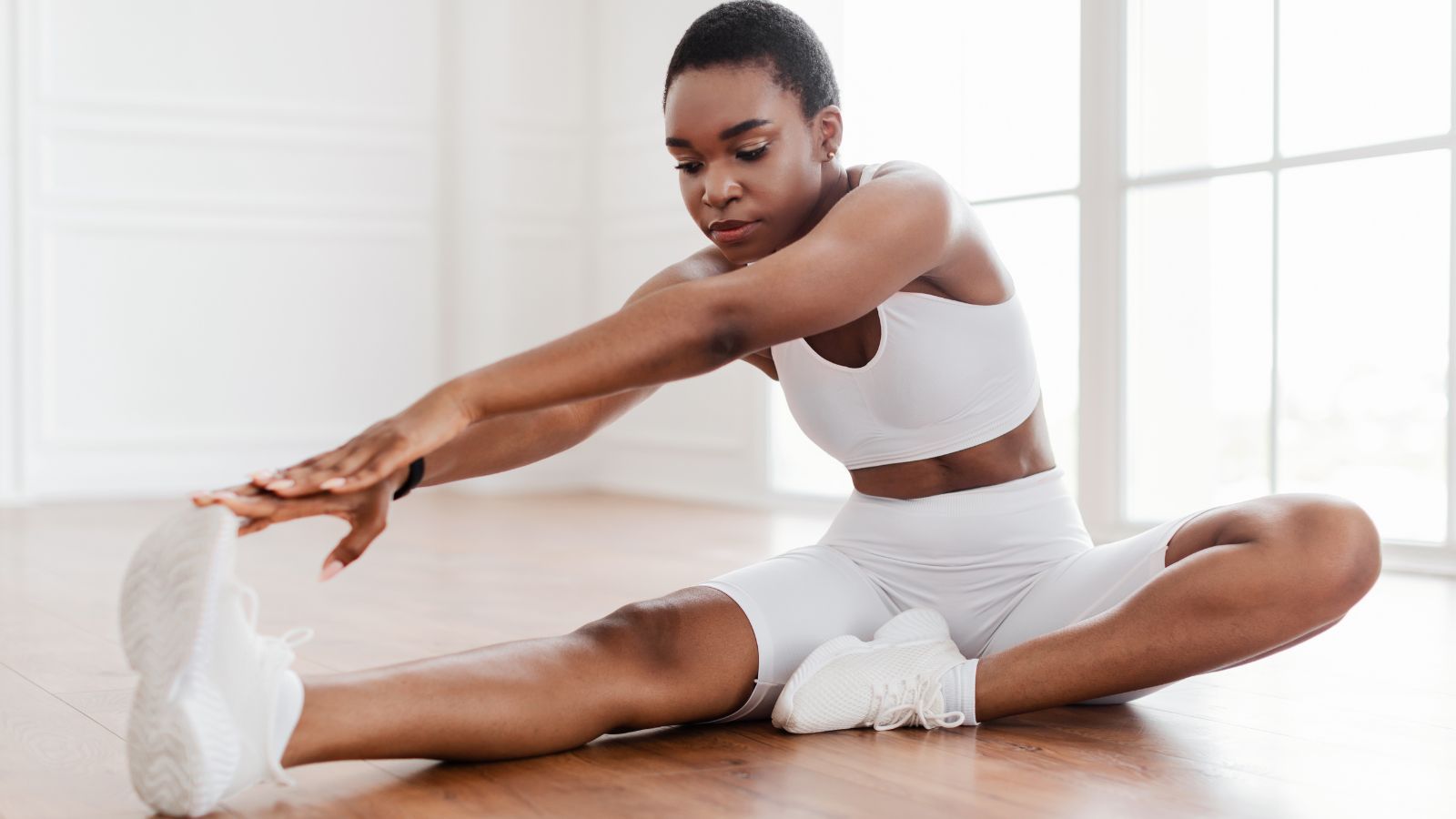
-
Hip Flexor Lunge: Step one leg forward into a gentle lunge, stretch through the hip.
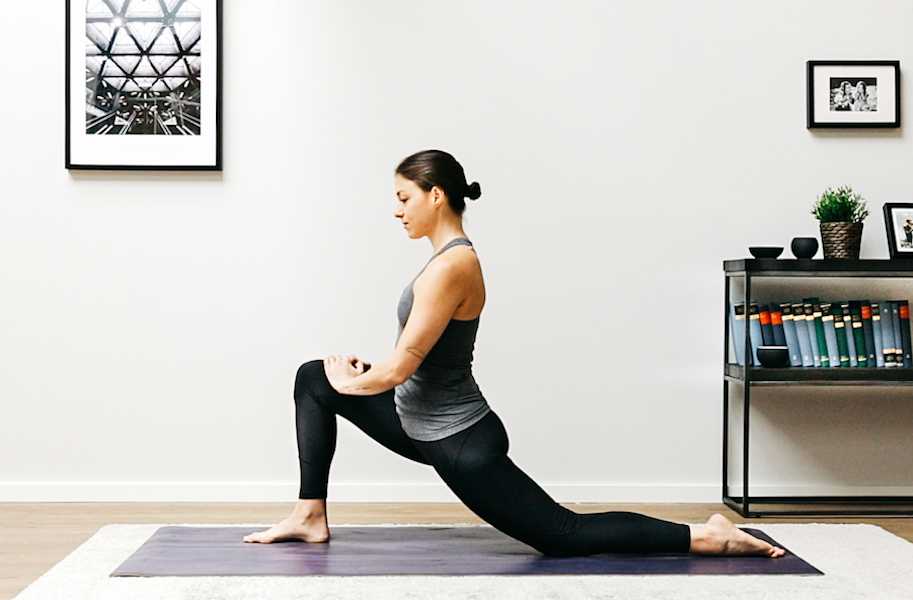
-
Chest Opener: Clasp hands behind your back, gently extend arms to open the chest.
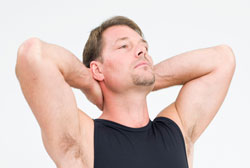
-
Cat-Cow (for spine): Alternate arching and rounding your back while on hands and knees.

Tip: Hold each stretch for at least 20–30 seconds, breathing deeply.
🏋️ Integrating Stretching into Your Routine
Stretching doesn’t have to feel like a chore. Think of it as a ritual to recharge your body and mind. A simple approach:
-
Before workouts: Do 5–10 minutes of light cardio (walking, marching, cycling), followed by dynamic stretches (arm circles, leg swings).
-
After workouts: Focus on static stretches, holding each for 20–30 seconds.
-
During workdays: Set a reminder to stand up and stretch every 1–2 hours.
🌍 Stretching for Today’s Lifestyle
Modern life keeps us glued to desks, screens, and phones. The result? Tight shoulders, sore backs, and restless minds. Stretching provides an antidote. A few minutes each day helps reset the body, release mental stress, and restore natural movement patterns.
At Complete Care Physiotherapy Centre in Etobicoke, we guide patients in building safe, personalized stretching routines that improve posture, reduce injury risk, and enhance quality of life.

✨ Final Thoughts
Stretching isn’t just for athletes — it’s for everyone. From boosting workout performance to reducing daily aches, calming the nervous system, and supporting long-term health, stretching is one of the most powerful (and accessible) tools we have.
Investing a few minutes each day in stretching can save you from injuries, stiffness, and stress later. Your body and mind will thank you.
📍 Complete Care Physiotherapy Centre
📞 Call or text 647-496-7065
📧 completecarephysiocentre@gmail.com
💬 Contact us today to book an appointment and learn more about how physiotherapy can help you move and feel your best.


